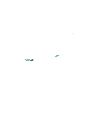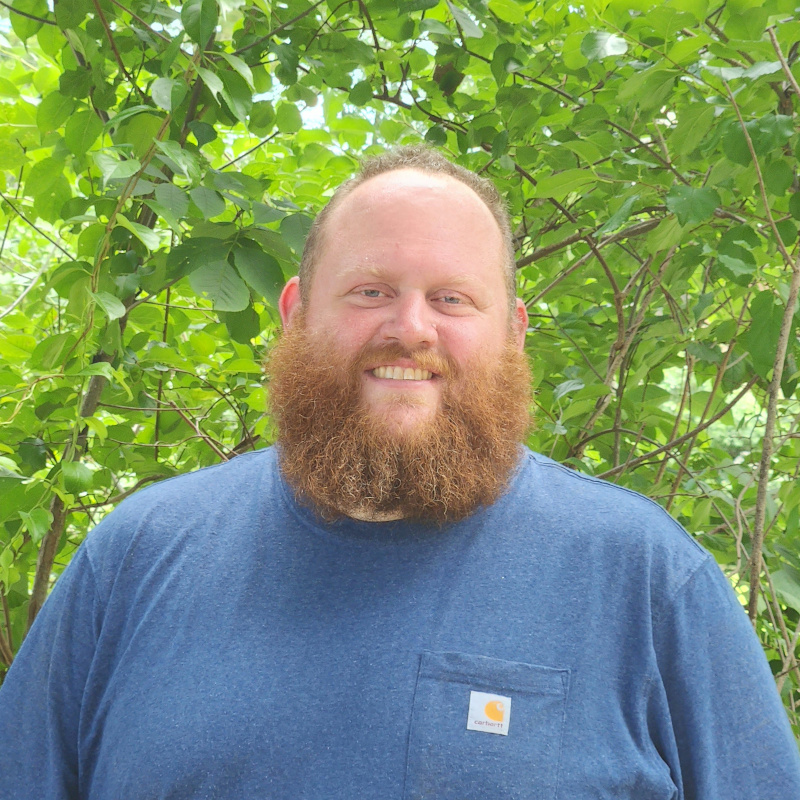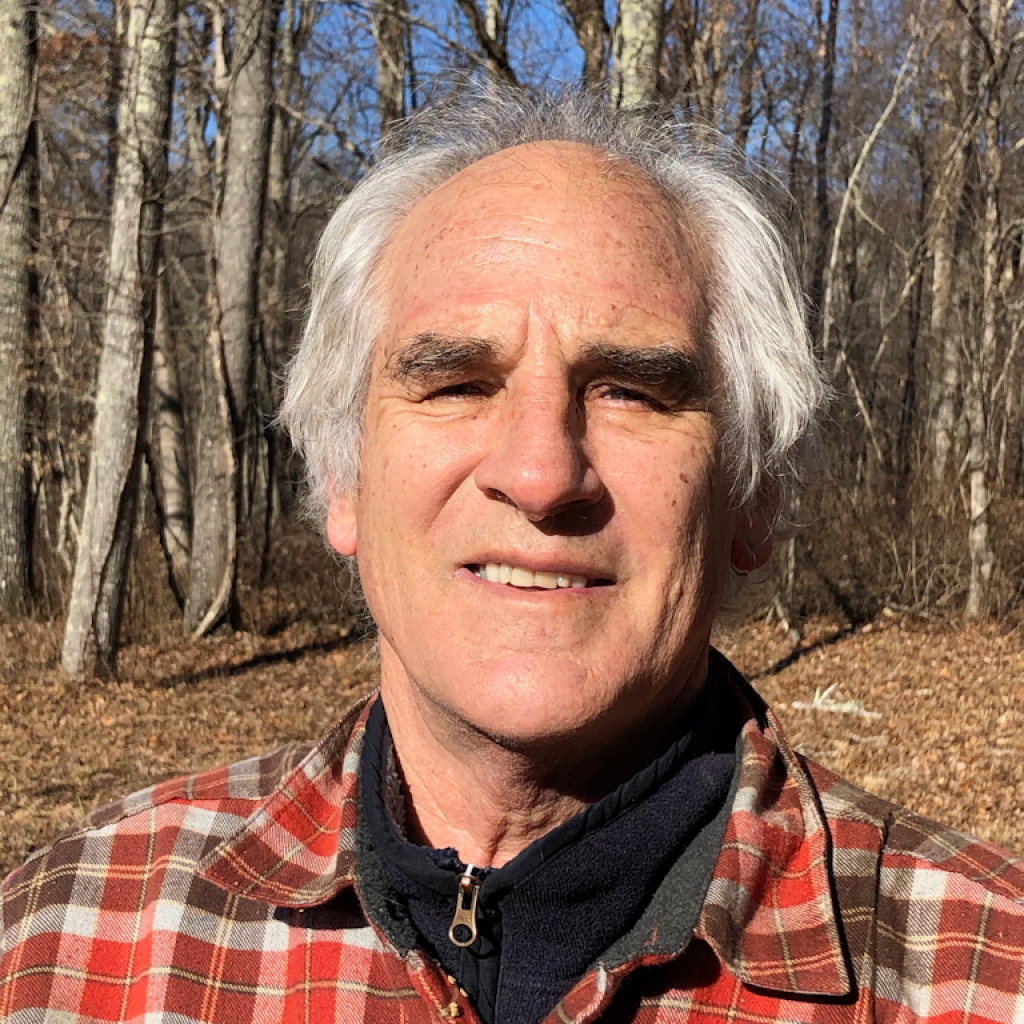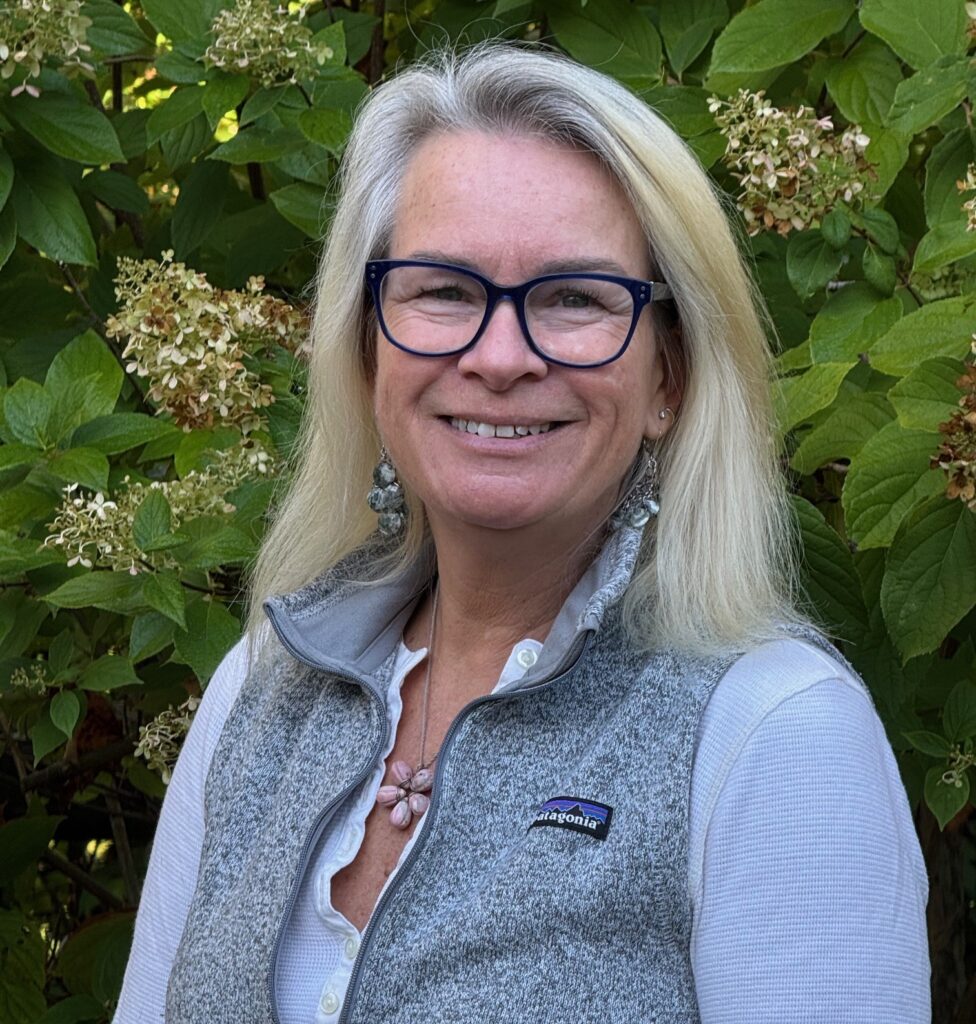Lyme Land Trust Bioblitz Team
Join us!
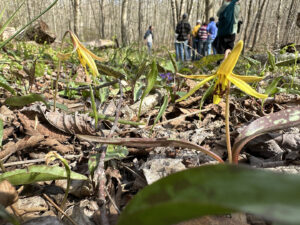 Channel your inner Charles Darwin to discover species both new and familiar to you. Along with the joy and wonder of exploration and identification, you’ll contribute to modern-day biology through citizen science.
Channel your inner Charles Darwin to discover species both new and familiar to you. Along with the joy and wonder of exploration and identification, you’ll contribute to modern-day biology through citizen science.
Using the iNaturalist app on your cell phone, learn how to identify animals, plants, and insects. Then, upload your observations to support the Wild Lyme Project and its mission to catalog and compare the biodiversity of preserves protected by the Town of Lyme, The Nature Conservancy, and the Lyme Land Trust.
All skill levels are welcome, from experienced to those who have never used the iNaturalist app. Participants wishing to record observations should bring a smartphone, camera, or both. During field Bioblitz events, folks preferring to check out the process without installing the app will be of great help as a spotter in a buddy team.
It’s easy to join and get started:
- Register for a mini-Bioblitz to make observations in the field with us. Led by Rich Sanders, Lyme Land Trust Education Committee member and iNaturalist aficionado, each event is limited to ten participants. We will have guest experts, also.
- Consider downloading and exploring the iNaturalist App in advance if it is new to you.
- You may also sign up for one of the iNaturalist training sessions with Jim Arrigoni, Environmental Director of the Lyme Land Trust.
- As a bioblitz participant you will receive periodic updates, including journal notes made by Rich in the iNaturalist Wild Lyme Project.
- We hope these mini-blitzes will inspire you to continue making observations and encourage others to give it a try.
The inaugural field event will be held on April 13th from 2-4 pm, starting at the John Pritchard Conservation Center and then moving into Banningwood Preserve across the street. We will document all types of animals, plants, and insects with an emphasis on amphibians, reptiles, and spring ephemeral wildflowers. This bioblitz follows the April Fools Vernal Pool Walk on April 5th and the iNaturalist training on Wednesday, April 9th.
To view Upcoming Events.
To learn about the Wild Lyme Project and for information on how to install and use iNaturalist.
What is a Bioblitz?
- A bioblitz is a communal effort to record as many species within a designated location and time period as possible.
- Bioblitzes are great ways to engage the public to connect to their environment while generating useful data for science and conservation. They are also an excuse for naturalists, scientists, and curious members of the public to meet in person in the great outdoors, and they’re a lot of fun!
Why your observations are important:
- Your observations may catalog flora and fauna not previously recorded.
- Multiple observations may provide temporal insight, such as species abundance or other behaviors and traits.
- The substrate or immediate environment associated with the subject may reveal food web & host/guest relationships.
Creating useful iNaturalist posts:
- Strive to make observations that can be classified as “Research Grade.”
- Include close-up, full-specimen, and contextual photographs. Different views might also be needed. For example, if photographing a mushroom, capture the cap, annulus and gills, the entire mushroom or colony, and ensure a photo shows the mushroom’s substrate.
- Reorder the photographs, using your favorite picture as the lead to spark interest in others.
- Don’t overthink the I.D. suggestions. Unless you are certain, be comfortable assigning a general classification rather than selecting down to the species level. Others will refine the taxonomy for you, which is fun to watch. Computer-generated suggestions are not always correct.
- Rely on external peer-review to maximize observation integrity and utility. Refrain from validating a partner’s or team’s observations for this reason unless you are certain of the taxonomy.
